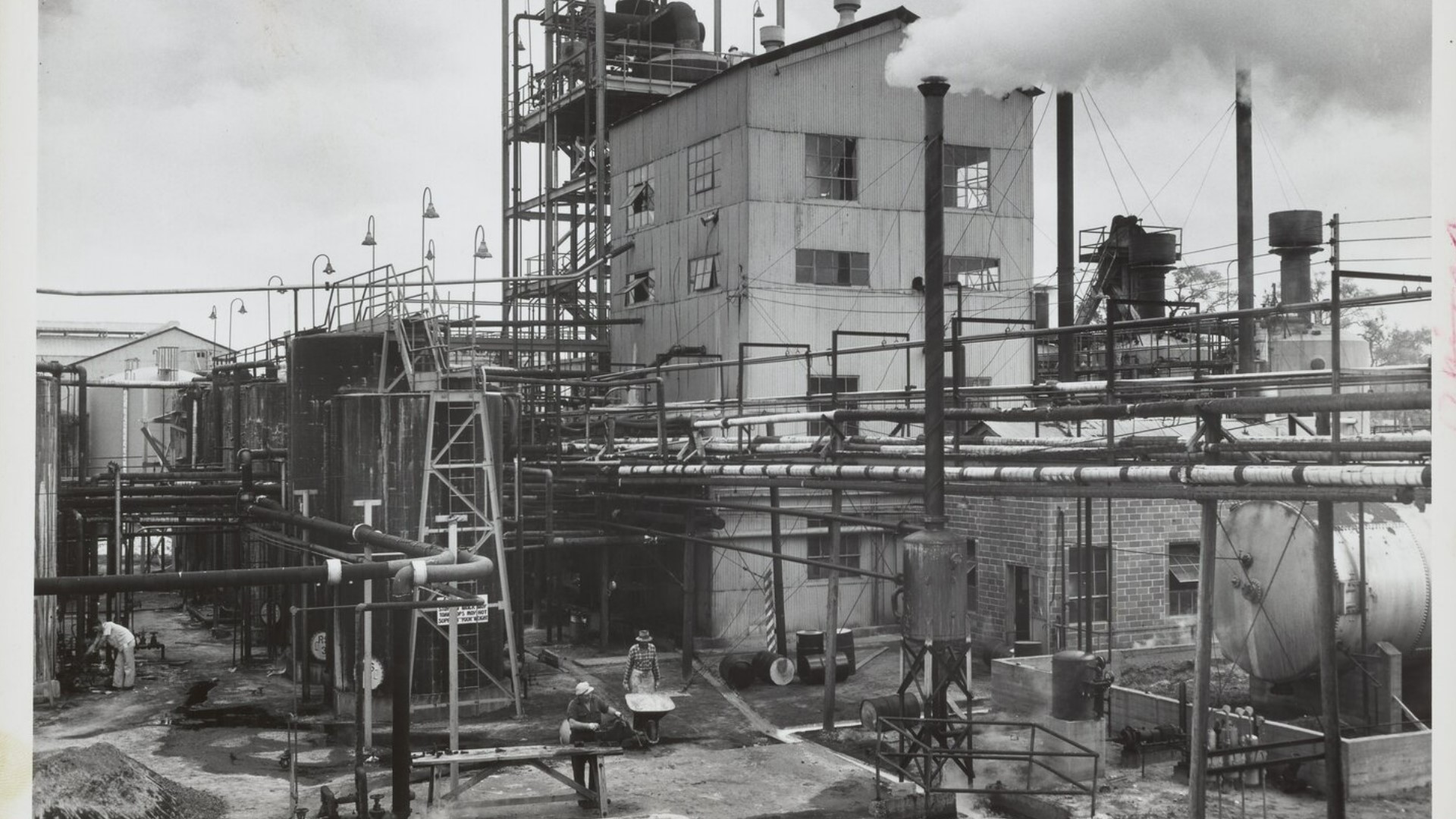JACKSONVILLE, Fla. — Decades of industrial pollution flowing from factories in Brunswick, Ga. has ended up in the bloodstreams of longtime residents.
Preliminary results of an exposure study by Emory University shows elevated levels of multiple hazardous chemicals in the blood of study participants when compared to the average American. In at least ten instances, contaminant levels were as high as the most chemically exposed five percent of Americans.
“Several chemicals known to have polluted the local environment were detected in the blood of study participants,” a summary of the report released Tuesday says. “For many of these chemicals, levels in the study participants were higher than the levels in the average American. Some participants had levels many times higher than the average American.”
"Any time a population is more exposed to a chemical than the general population, it’s a concern," one of the study's two lead researchers Dr. Noah Scovronick told First Coast News.
The study, which has not yet been peer reviewed, collected blood samples from 100 people who have lived in Brunswick for at least 40 years. The blood samples were tested for a variety of contaminants including lead, mercury, arsenic, cadmium, PCBs, PFAS, and toxaphene.
Glynn County was chosen for the study specifically because of the toxic legacy of multiple polluting industries.
Glynn County has four nationally designated Superfund sites and 12 state-designated hazardous waste sites. The four Superfund sites are LCP Chemicals, Terry Creek, Hercules 009 Landfill and Brunswick Wood Preserving. Over a period of decades, the former Hercules manufacturing site in Brunswick (now the Pinova plant) produced the pesticide toxaphene, which damages the lungs, nervous system and kidneys. High exposure levels can be fatal.
"The participants of our study had relatively high levels, on average, of several chemicals that are known to have polluted the environment in Brunswick, Scovronick said.
"Although we did not investigate whether these chemicals were causing health problems in our participants, the same chemicals have been linked to adverse health outcomes in other studies, and therefore, we consider the study a significant first step in understanding the patterns of exposure in the community."
The former Linden Chemicals and Plastics (LCP) factory released large quantities of PCBs, PAHs and mercury into the surrounding marsh and waterways. Mercury exposure can cause failure of the nervous, renal and reproductive systems. PCBs are known to cause cancer and damage human reproductive, nervous and endocrine systems. PAHs are linked to lung, skin, bladder, and gastrointestinal cancers.
Locally-produced PCBs have already been found in area seafood and wildlife. A 2008 study found PCB concentrations in bottlenose dolphins in the Turtle-Brunswick River Estuary were more than ten times higher those in the Savannah area, and a 2011 study found higher PCB concentrations in local dolphins than any in the eastern United States or Gulf of Mexico.
For these reasons, Scovronick said it's important to follow local seafood consumption guidelines.
"We do not want to discourage people from eating local seafood, which can be a safe and healthy option," Scrovonick said, "but they should follow the guidelines to ensure that they do not inadvertently eat high levels of contaminated seafood."
When the LCP site was first named a federal priority for cleanup, regulators believed the “safe” level of mercury to be 2 parts per million (ppm). The current standard is a much stricter .2 ppm, but researchers at the time found levels as high as 12,500 ppm.
Levels of lead, cadmium, mercury, toxaphane, PFAS and four kinds of PCBs were found in at least one study participant at levels as high as the most-exposed Americans, or those testing in the top five percent of exposure. The study summary did not indicate how many of the top five percent exposed had levels that high.
Glynn County Commissioner Allen Booker supported the study. When it was announced in February, he told First Coast News, "We believe have cancer clusters here. We have young people who have asthma and all of this impacts our quality of life."
The Glynn County Environmental Coalition, which was a partner in the study, said at the outset that results won't indicate how residents were exposed to pollutants, but may help encourage people to speak to their primary care doctors about possible health impacts.

